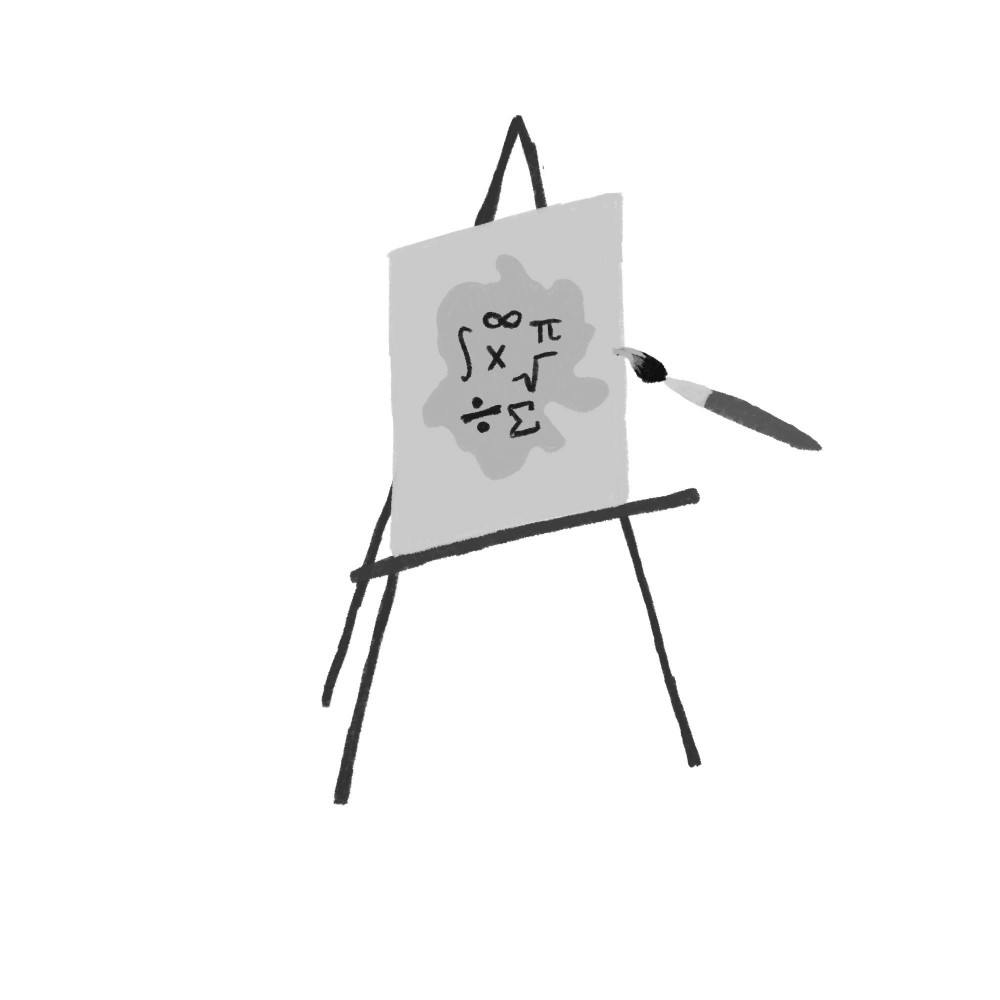Researchers and artists from around the country discussed the capacity of images to facilitate mathematical understanding at a panel discussion Monday.
Moderated by Providence artist Allison Paschke and Professor of Mathematics Richard Schwartz, the Math + Art panel highlighted the intersection and importance of experimentation in the two subjects.
The discussion was part of the semester-long “Illustrating Mathematics” program hosted by the Institute for Computational and Experimental Research in Mathematics.
On Monday, the four panelists — who hailed from a number of different academic fields and professional backgrounds — answered questions from the moderators and audience and gave short presentations of their work, which ranged from research on complex geometric objects to installation art.
Werner Sun, a visual artist and particle physicist by training, displayed his folded-paper wall sculptures, which explore the mathematical idea of recursion and the way knowledge builds upon itself. After creating a piece, he photographs it and uses the photograph as a base for a new piece. Sun said that this way of working is analogous to what a mathematician does, starting with a set of given axioms and exploring “the implications as thoroughly as you can.”
“You’re experimenting all along the way,” Sun told The Herald. “If you know where you’re going, it ceases to be a work of art and it ceases to be a work of math.”
David Dumas, a mathematician at the University of Illinois at Chicago, discussed the role of visualization both in facilitating mathematical understanding among researchers and bringing math to a wider audience. Images allow both experts and non-experts to appreciate the “deep structure and beauty of mathematics,” Dumas said.
Artist Serge Marchetta showcased works in a variety of media that manipulate geometric forms like lines and grids to explore the “ambiguity of perceptions.” His pieces often include an element of optical illusion, attempting to confuse the viewer about “what they see, what they think (they) see, and what it is in reality,” he said.
Schwartz said one goal of the Math + Art panels is to act as an “icebreaker” between ICERM and the Rhode Island School of Design. “ICERM and RISD are these two great institutions which are right next to each other,” Schwartz said. “This is a way of getting people in the building to see what’s going on, maybe sparking future collaborations, even friendships.”
Masha Ryskin, a multidisciplinary artist and associate professor at RISD, displayed paintings and drawings at the panel that featured intricate abstract spaces. “What I’m interested in is an experience of space and what it feels like to be in a space,” she said. “I have loose structures imposed on these spaces, and then I break these structures.”
Audience member Lucinda Drake ’24, a Brown/RISD dual-degree student, said she appreciated the breadth of topics the panelists covered. She said she enjoyed the way the panel explored not only the intersection of math and art, but also the “conceptual elements and emotional elements of art.”





